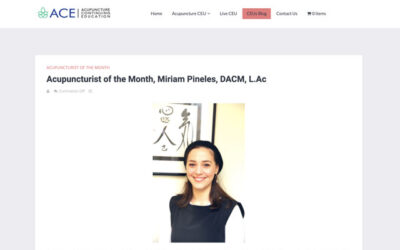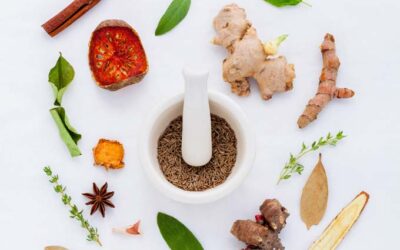diet therapy

healthy eating
A Guide to Healthy Eating According to Traditional Chinese Medicine.
Diet and Nutrition are an important part of Chinese medicine. Miriam will work with you to determine the most optimal foods for your particular constitution that will diminish disease and encourage greater health and vitality.
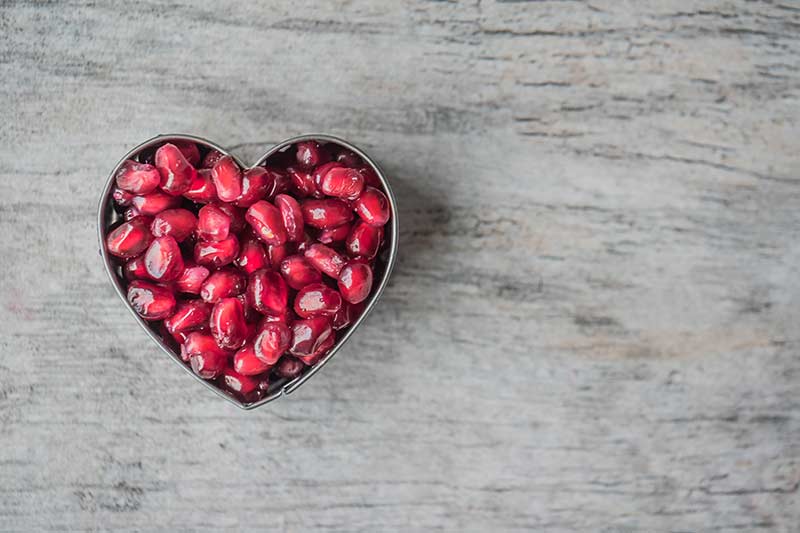
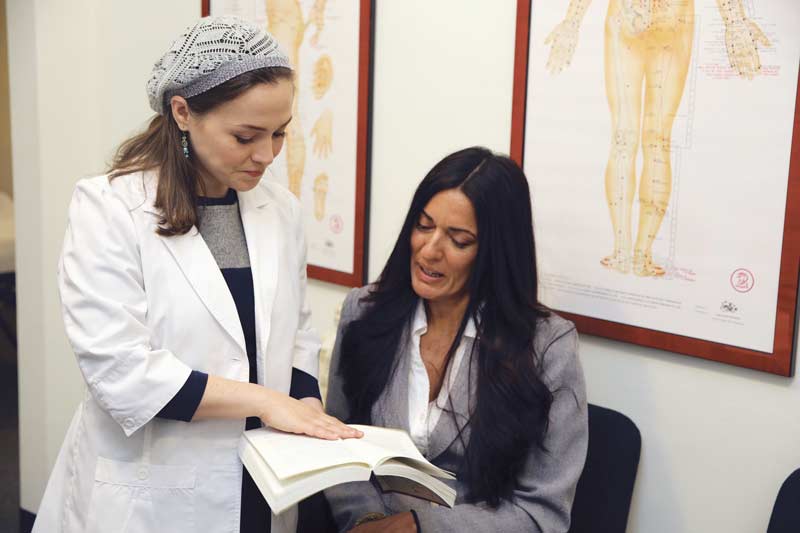
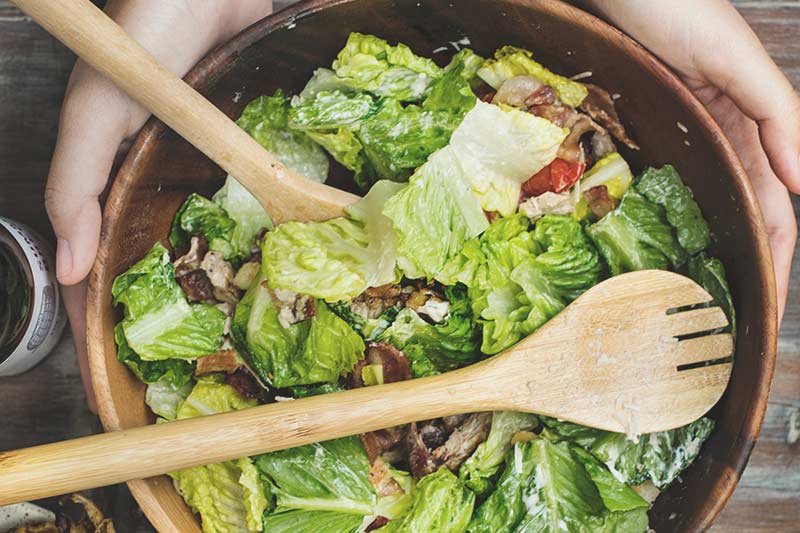
Cooked vs. Raw Foods
First of all, TCM suggests that most people, most of the time, should eat mostly cooked food. Cooking is pre-digestion on the outside of the body to make food more easily digestible on the inside. By cooking foods in a pot, one can initiate and facilitate the stomach’s rottening and ripening functions. Cold and raw foods require that much more energy to transform them into warm soup within the pot of the stomach. They can impede the stomach’s digestion process.
The idea that eating cooked food is more nutritious than raw food flies in the face of much modern Western nutritional belief because enzymes and vitamins are destroyed by cooking. Many people think it is healthier to eat mostly raw, uncooked foods. This makes sense only as long as one confuses gross income with net profit. When laboratory scientists measure the relative amounts of cooked and raw foods, they are not taking into account these nutrients’ post-digestive absorption.
Let’s say that a raw carrot has 100 units of a certain vitamin or nutrient and that a cooked carrot of the same size has only 80 units of that same nutrient. At first glance, it appears that eating the raw carrot is healthier since one would, theoretically, get more of the nutrient that way. However, no one absorbs 100% of any available nutrient in any given food. Because the vitamins and enzymes of a carrot are largely locked in hard-to-digest cellulose packets, when one eats this raw carrot, they may actually only absorb 50% of the available nutrient. The rest is excreted in the feces. But when one eats the cooked carrot, because the cooking has already begun the breakdown of the cellulose walls, one may absorb 65% of the available nutrient. In this case, even though the cooked carrot had less of this nutrient to begin with, net absorption is greater. The body’s economy runs on net, not gross. It is as simple as that. Of course, we are talking about light cooking, and not reducing everything to an overcooked, lifeless mush.
This is why soups and stews are so nourishing. These are the foods we feed infants and those who are recuperating from illness. The more a food is like 100° soup, the easier it is for the body to digest and absorb its nutrients. The stomach/spleen expend less energy (i.e. Function of digestion), therefore, the net gain in energy is greater. This is also why chewing food thoroughly before swallowing is so important. The more one chews, the more the food is macerated and mixed with liquids, in other words, the more it begins to look like soup or a stew.
Cold Foods and Liquids
As a corollary of this, if we drink or eat chilled, cold, or frozen foods or drink iced liquids with our meals, we are only impeding the warm transformation of digestion. Cold obviously negates heat, and water puts out fire. This does not mean that such foods and liquids are never digested, but it does mean that often they are not digested well. In Chinese medicine, if the stomach/spleen fail to adequately transport and transform foods and liquids, a sludge tends to accumulate just as it might in an incompletely combustion automobile engine. This sludge is called stagnant food and dampness in Chinese medicine.
Dampness and Phlegm
If the solid portions of food are jam-packed into the stomach or their digestion is impaired by cold, chilled foods and liquids or if too many hard-to-digest foods are eaten, stagnant food may accumulate in the stomach. The stomach tries all the harder to burn these off and resembles a car stuck in overdrive. It becomes hotter in an attempt to burn off accumulation. This often results in the stomach becoming chronically overheated. This, in turn, causes the stomach to register hunger, which, in Chinese medicine, is a sensation of the stomach’s heat. This hunger then results in eating more and more and a vicious cycle is created. Overeating begets stagnant food, which begets stomach heat which reinforces overeating. Further, persistent stomach heat may eventually waste stomach yin or fluids causing a chronic thirst and preference for cold drinks and chilled foods.
If the liquid portions of food and drink jam the transporting and transforming functions of the spleen, these may accumulate as dampness. This plethora of water inhibits the spleen’s warm transforming function in the same way that water inhibits or douses fire. Over time, this accumulated dampness may mix with stagnant food and congeal into phlegm, which further blocks the entire system and retards the blood circulation throughout the whole body.
Different people’s digestion burns hotter than others. Those with a robust constitution and strong ming men, or fire of life, tend to have a strong digestion. These people can often eat more in general and more chilled, frozen, hard to digest foods without problems. Likewise, everyone’s metabolism runs at different temperatures throughout the year. During the summer when it is hot outside, we generally can eat cooler foods and should drink more liquids. However, even then, we should remember that everything that goes down our gullet must be turned into 100° soup before it can be digested and assimilated.
Post-Digestive Temperature
In Chinese medicine, there is an important distinction made between the cold physical temperature of a food or drink their post-digestive temperature. Post-digestive temperature refers to a particular food or drink’s net effect on the body’s thermostat. Some foods, even when cooked, are physiologically cold and tend to lower the body’s temperature either systemically or in a certain organ. In Chinese medicine, every food is categorized as either cold, cool, neutral, warm or hot. Most foods are cool, neutral or warm and in general, we should mostly eat neutral and warm foods since our body itself is warm. During the winter or in colder climates, it is important to eat warmer foods, but during the summer we can and should eat cooler foods. However, this mostly refers to the post-digestive temperature of a food.
If one eats ice cream in the summer, the body at first is cooled by the ingestion of such a frozen food. However, its response is to increase the heat of digestion in order to deal with this cold insult. Inversely, it is a common custom in tropical countries to eat hot foods since the body is provoked then to sweat as an attempt to cool itself down. In China, mung bean soup and tofu are eaten in the summer because both these food tend to cool a person down post-digestively. If we are going to eat cold and frozen foods and drink iced, chilled liquids, it is best that these be taken between meals when they will not impede and retard the digestion of other foods.
Many Westerners are shocked to think that cold and frozen foods are inherently unhealthy since they have become such an ubiquitous part of our contemporary diet. However, chilled, cold and frozen foods and liquids are a relatively recent phenomenon. They are dependent upon refrigeration in the marketplace, during transportation and in the home. Such mass access to refrigeration is largely a post World War II occurrence. That means, in temperate zones, people have only had widespread access to such cold temperature foods and drinks for less than 50 years. 50 years is not even a blink on the human evolutionary scale.
Dampening Foods
Not only do foods have an inherent post-digestive temperature but different foods also tend to generate more or less body fluids. Therefore, in Chinese medicine, all foods can be described according to how damp they are, meaning dampening to the human system. We need a certain amount of dampness to stay alive. Dampness in food is yin in that dampness nourishes substance, which is mostly wet and gushy. However, some foods are excessively dampening, and since it is the spleen, which avers dampness, excessive damp foods tend to interfere with digestion.
According to Chinese Five-element theory, dampness is associated with earth. Fertile earth is damp. The flavor of earth according to Chinese Five-element theory is sweet. The sweet flavor in inherently damp and also is nutritive. In Chinese medical terms, the sweet flavor supplements Qi (the function of an organ) and the blood. When one looks at a Chinese medical description of various foods, one is struck by the fact that almost all foods are somewhat sweet. On reflection, this is obvious. We eat to replenish our body function and blood; therefore most foods are sweet and fulfill the replenishing function. All grains, most vegetables, and most foods eaten by humans are sweet, no matter what other of the five flavors they may also be. However, excessive intake of sweet foods, instead of energizing the spleen, overwhelms and weakens it. This is based on the Chinese idea that yang, when extreme, transforms into yin and vice versa. When the spleen becomes weak, it craves even more sweetness since sweet is the flavor, which strengthens it when consumed in moderate amounts. Thus, another pathological cycle is forged in many people.
Going back to dampness, the sweet flavor engenders dampness and the sweeter a food is, the more dampening it is. According to Chinese medicine, this tendency is worsened when the sweet flavor is combined with sour. Therefore Chinese medicine identifies a number of especially dampening foods. These include sweet and sour foods such as citrus fruits and juices, and tomatoes; concentrated sweets such as sugar, molasses, and honey, and wheat, dairy products, nuts, oils and fats.
Highly nutritious foods such as dairy products, meats, nuts, eggs, oils and fats are strongly capable of supplementing the body’s yin fluids and substance. However, in excess, they generate a superabundance of body fluids, which become pathologic dampness. Although to some this may appear a paradox, it has to do with healthy yin in excess becoming evil or pathological yin or dampness, phlegm and turbidity.
It is also easy to see that certain combinations are even worse than their individual constituents. Ice cream is a dietary disaster. It is too sweet, too creamy, and too cold. Ice cream is a very dampening food. Pizza is a combination of tomato sauce, cheese, and wheat. All of these foods tend to be dampening and this effect is made even worse if greasy addition, such as pepperoni, and sausage are added. In the same way, drinking fruit juices can be very dampening. Fruit and vegetable juices are another relative modern addition to the human diet. Prior to the advent of refrigeration as discussed above, juices would turn into wine or vinegar within days. Therefore when they were available in traditional societies, they were an infrequent treat. Now, we have access to tropical fruits and juices thanks to refrigeration and interstate and intercontinental transportation. However, we should bear in mind that we would not eat 4 – 6 oranges in a single sitting nor every day. When we drink a glass of orange juice, tomato juice, apple juice or carrot juice that is exactly what we are doing. We are drinking the nutritive essence of not one but a number of fruits or vegetables. This over-nutrition typically results in the formation of the pathogenic dampness and phlegm.
Meats are so nutritious and very much supplement body function and blood. They also tend to be damp in the same way. The fatter and richer meat is, the more it tends to generate dampness within the body. Amongst the common domestic mammalian meats, pork is the dampest with beef coming in second. Therefore, it is important not to eat too much meat and especially not greasy, fatty meats. Most people do fine on 2 ounces of meat, 3 – 4 times per week. On the other hand, eating only poultry and fish is not such a good idea either. Everything is this world has its good and bad points. Poultry and fish tend to be less dampening and phlegmatic, it is true, but chicken, turkey and shellfish tend to be warmer. If one eats only these meats, they run the risk of becoming overheated. I have seen this happen in clinical practice. From a Western scientific point of view, we can also say that eating too much fish may result in mercury accumulation and toxicity and overeating commercial chicken may result in too much estrogen and exposure to salmonella food-poisoning. Chinese medicine sees human beings as omnivores, and suggests that a person should eat widely and diversely on the food chain.

The Conscious blog
Dr. Miriam Pineles, DACM, L.Ac, Named Acupuncturist of the Month
Dr. Miriam Pineles, DACM, L.Ac, has been named Acupuncturist of the Month with Acupuncture Continuing Education. Read more at the link below.Miriam Pineles is Board certified in Acupuncture and Chinese Herbal medicine and Licensed in Acupuncture by the state of NY....
“We are not human beings, we are human becomings.”
Dear Friends, My colleague and pediatrician, Dr. Elissa Rubin, MD wrote a great blog post that eloquently describes this period we are in. She refers to us as butterflies still stuck in our gooey, crowded and very uncomfortable cocoons. This link she shared puts it...
Looking ahead: Treating the next “waves” of Covid-19
Hello Friends, We have experienced so much in the last 7 weeks- each in our own way. We are grieving loss, healing trauma and experiencing growing-pains as we adjust to a new world. Along with this, I pray you have found pockets of light, calm and hope for...
Dr. Miriam Pineles, DACM, L.Ac, Named Acupuncturist of the Month
Dr. Miriam Pineles, DACM, L.Ac, has been named Acupuncturist of the Month with Acupuncture Continuing Education. Read more at the link below.Miriam Pineles is Board certified in Acupuncture and Chinese Herbal medicine and Licensed in Acupuncture by the state of NY....
“We are not human beings, we are human becomings.”
Dear Friends, My colleague and pediatrician, Dr. Elissa Rubin, MD wrote a great blog post that eloquently describes this period we are in. She refers to us as butterflies still stuck in our gooey, crowded and very uncomfortable cocoons. This link she shared puts it...

© Conscious Health & Wellness

